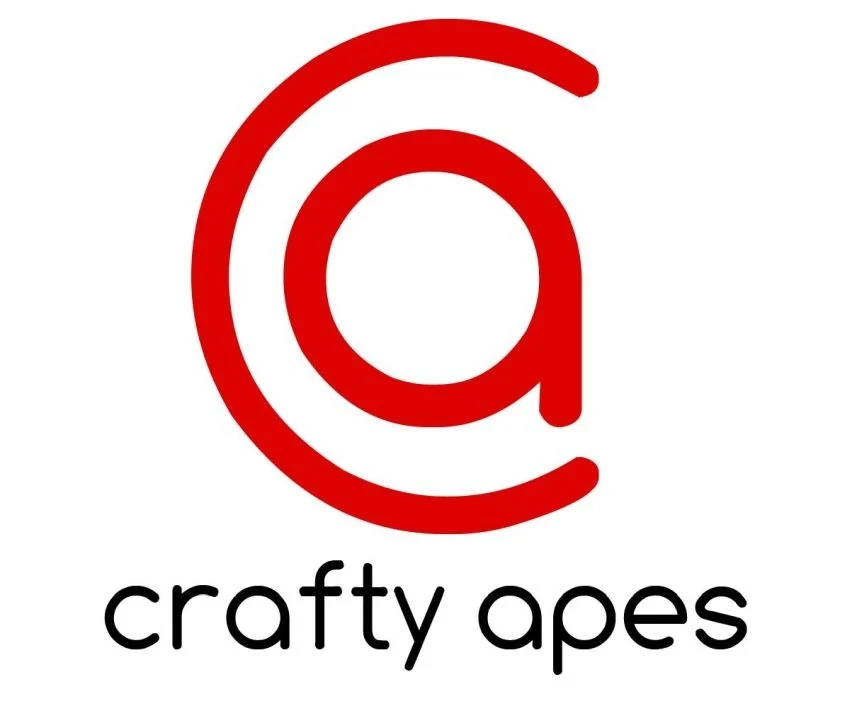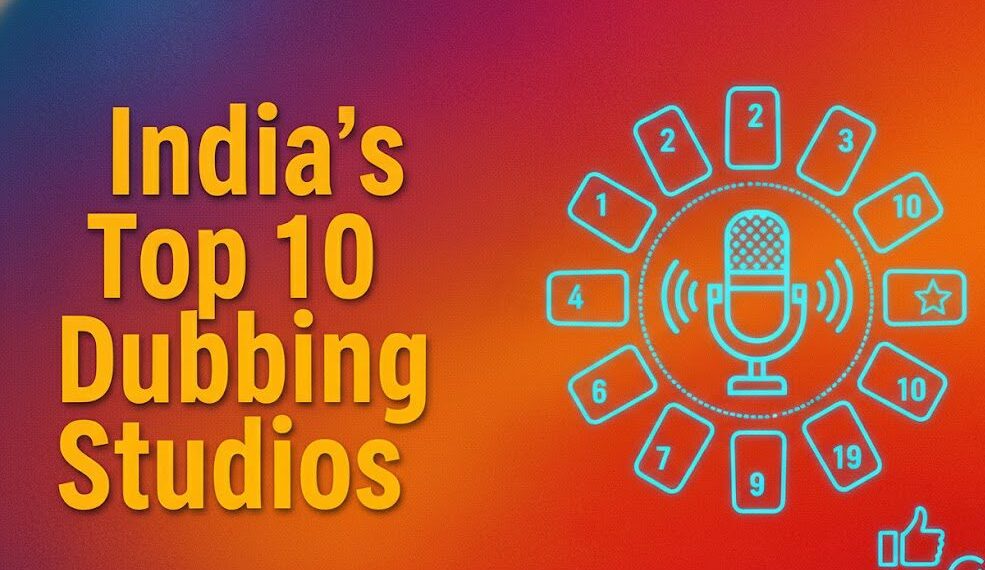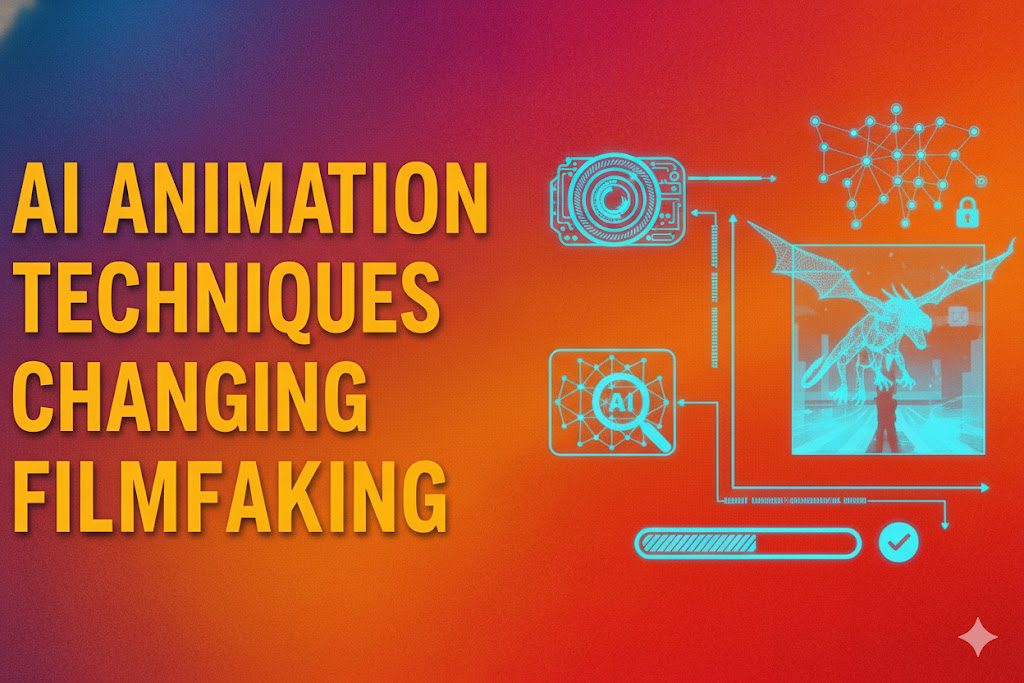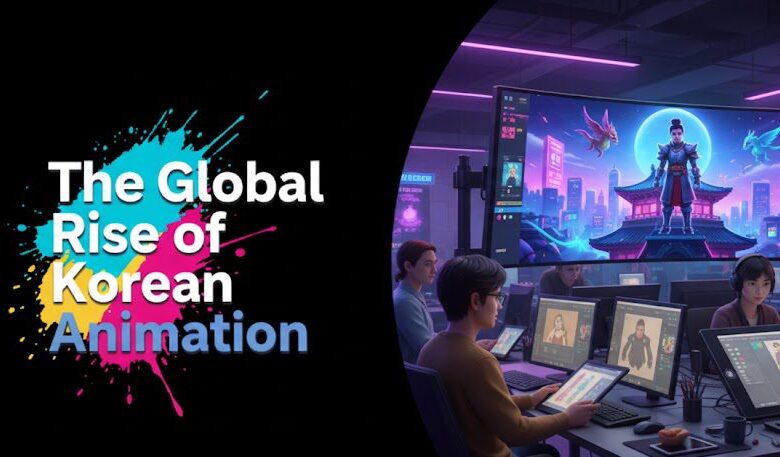Introduction
Are you drowning in content? It’s a strange question, I know.
You have thousands of shows, films, and formats at your fingertips, yet finding the right one feels impossible. You’re spending less time making deals and more time wading through endless catalogs and out-of-date spreadsheets.
This isn’t just frustrating; it’s costing you opportunities. If you’re tired of inefficient searching and ready to find high-performing assets before your competitors, you’re in the right place. This guide is all about making efficient content discovery your new superpower.
In this post, I’m going to walk you through a proven 5-step framework to streamline your sourcing, cut through the noise, and pinpoint content that truly resonates with your audience. Let’s get started.
Table of content</h4
- Introduction
- Key-Takeaways
- Step 1: Stop Browsing and Build Your Acquisition Blueprint
- Step 2: Embrace AI-Powered Discovery (The Smart Way)
- Step 3: Go Beyond Catalogs—Track Projects in Development
- Step 4: Turn Film Markets & Festivals into a Goldmine
- Step 5: Reverse-Engineer Your Competitors’ Success
- How Vitrina Powers Your Content Discovery
- Conclusion
- FAQs
Key Takeaways
| Step | Action | Key Benefit |
|---|---|---|
| 1 | Define Your Acquisition Blueprint | Eliminates wasted time by focusing search efforts on content that fits your brand and audience perfectly. |
| 2 | Leverage AI-Powered Discovery Platforms | Uses data, not guesswork, to surface hidden gems and predict content demand, giving you a competitive edge. |
| 3 | Monitor Global Development Slates | Find and secure promising projects in early development stages, long before they hit the open market. |
| 4 | Systematize Your Networking | Turns casual conversations at markets and festivals into a reliable pipeline of curated opportunities. |
| 5 | Analyze Competitor Acquisition Patterns | Identifies market gaps and opportunities by understanding what content your rivals are buying and what’s working for them. |
Is Your Next Hit Hiding in Plain Sight?

Step 1: Stop Browsing and Build Your Acquisition Blueprint
You wouldn’t build a house without a blueprint, so why source content that way? The biggest mistake I see professionals make is starting their search too broadly. “I need a new drama series” is not a strategy; it’s a wish. Efficient content discovery starts with laser-like focus.
Before you even think about looking at a catalog, you need to define your exact needs. This is your acquisition blueprint.
- Audience Profile: Who are you buying for? What do they watch? What do they ignore? Go beyond basic demographics. Think psychographics.
- Content Gaps: Analyze your current portfolio. Where are the holes? Do you need more family-friendly animation? A gritty crime thriller for a specific slot?
- Budget and Rights: Define your budget range and the specific rights you need (e.g., SVOD, Pay-TV, Pan-Asian). This alone will filter out 90% of irrelevant content.
- Performance Benchmarks: What does success look like? Are you looking for a high-completion-rate series or a buzzworthy film to drive new subscriptions?
Once you have this blueprint, every decision becomes faster and more accurate. You’re no longer just browsing; you’re hunting with purpose.
Step 2: Embrace AI-Powered Discovery (The Smart Way)
Spreadsheets and personal contacts are still valuable, but they can’t keep up with the sheer volume of content being produced globally. This is where technology becomes your unfair advantage. AI-powered platforms are designed to connect the dots you don’t have time to see.
But not all platforms are created equal. You need a tool that offers:
- Granular Filtering: The ability to search by genre, sub-genre, budget, country of origin, language, and even themes or keywords.
- Recommendation Engines: Look for platforms that learn from your searches and proactively suggest relevant titles. Think of it as a personal scout working for you 24/7.
- Data-Driven Insights: The best tools don’t just show you what’s available; they show you what’s in demand. Look for predictive analytics on audience appeal.
Using a smart platform transforms your workflow from reactive searching to proactive, efficient content discovery. You’ll find titles that never would have appeared on your radar otherwise.
Step 3: Go Beyond Catalogs—Track Projects in Development
By the time a film or series is finished and listed in a catalog, you’re already late to the party. The real opportunity lies in discovering projects while they are still in development or production. This is where the most attractive deals are made.
How do you do this systematically?
You need a way to track the global production pipeline. This means monitoring which production companies are working on what, who is attached to the project, and what stage it’s in. This is nearly impossible to do manually across dozens of countries.
A specialized service that tracks these projects is essential. We’re talking about finding co-production opportunities and acquisition targets months or even years in advance.
Imagine knowing about the next big international hit when it’s just a script with a director attached. That’s the power of tracking projects, not just finished products. It’s a core tenet of truly efficient content discovery.
Stop Guessing, Start Discovering.

Step 4: Turn Film Markets & Festivals into a Goldmine
Everyone goes to markets like Cannes, Berlinale, or TIFF. But most people wander the halls hoping for a chance encounter. A strategic approach yields far better results.
Here’s how to systematize it:
- Pre-Market Research: Weeks before the event, use a business intelligence tool to identify the key sellers, producers, and financiers who will be there. Know exactly who has the type of content you need based on your blueprint.
- Targeted Meetings: Don’t just book meetings with the big names. Find the up-and-coming indie producers who have fresh, innovative projects. Your research will tell you who they are.
- Post-Market Follow-Up: The real work begins after the market. Log every meeting and every project discussed in a centralized system. A simple “nice to meet you” email is not enough. Track the progress of promising titles you discussed.
This transforms expensive, chaotic trips into highly productive sourcing missions.
Step 5: Reverse-Engineer Your Competitors’ Success
Your competitors are a valuable source of market intelligence. By tracking their acquisition strategies, you can spot trends, identify gaps, and make smarter decisions for your own service.
You should be asking:
- What types of content are my direct competitors buying? From which territories?
- Which of their recent acquisitions have performed well? Which have flopped?
- Are they moving into a new genre or demographic that I’m overlooking?
This isn’t about copying them. It’s about understanding the strategic landscape. If a competitor is doubling down on Korean dramas, it might mean there’s an underserved audience for Turkish romance or Scandinavian noir. Analyzing their moves helps you find your own unique lane.
How Vitrina Powers Your Content Discovery
Look, I’ve just laid out a complex, multi-step process. Doing this manually is a full-time job.
That’s why platforms like Vitrina exist. Vitrina is built to automate and enhance this entire workflow. It’s a global B2B marketplace and intelligence platform for the M&E industry.
You can search a massive database of content with granular filters, track thousands of projects in development, identify and connect with sellers and buyers before a market, and analyze industry trends all in one place.
It operationalizes the strategies I’ve discussed, making efficient content discovery not just possible, but practical for your team.
Conclusion
Mastering efficient content discovery isn’t about working harder; it’s about working smarter.
It’s about replacing endless, aimless browsing with a focused, data-driven strategy. By building a clear blueprint, leveraging the right technology, tracking projects early, and keeping an eye on the market, you can stop wasting time and start making deals that drive real growth.
You now have the framework. The only thing left to do is take the first step.
What’s the first strategy you’re going to try? Let me know in the comments.
Ready to put these strategies into action with a platform built for it? Stop searching and start discovering. Get started with your Vitrina membership today and see the difference a truly efficient discovery workflow can make.
Frequently Asked Questions
Content discovery is the process of finding new and relevant video content (films, series, formats) to acquire or license. It’s the “sourcing” part of the job. Content curation is the process of selecting and organizing that acquired content for your own audience or platform. Discovery is about finding the assets; curation is about presenting them.
AI can analyze massive datasets to identify patterns and opportunities that humans would miss. It can recommend content based on your specific needs (your “blueprint”), predict a title’s potential performance in a certain market, and automate the tracking of thousands of projects in development, saving hundreds of hours of manual work.
Discovering content early allows you to secure better terms, influence the creative direction (in co-productions), and acquire promising projects before they become subject to bidding wars at major markets. It gives you a significant first-mover advantage and is a hallmark of sophisticated acquisition teams.
The biggest challenge is the sheer volume and fragmentation of the market. Great content is being produced in dozens of countries by thousands of different companies. Without a centralized platform or database, it’s incredibly difficult and time-consuming to keep track of what’s available, who owns the rights, and what’s coming next.






































